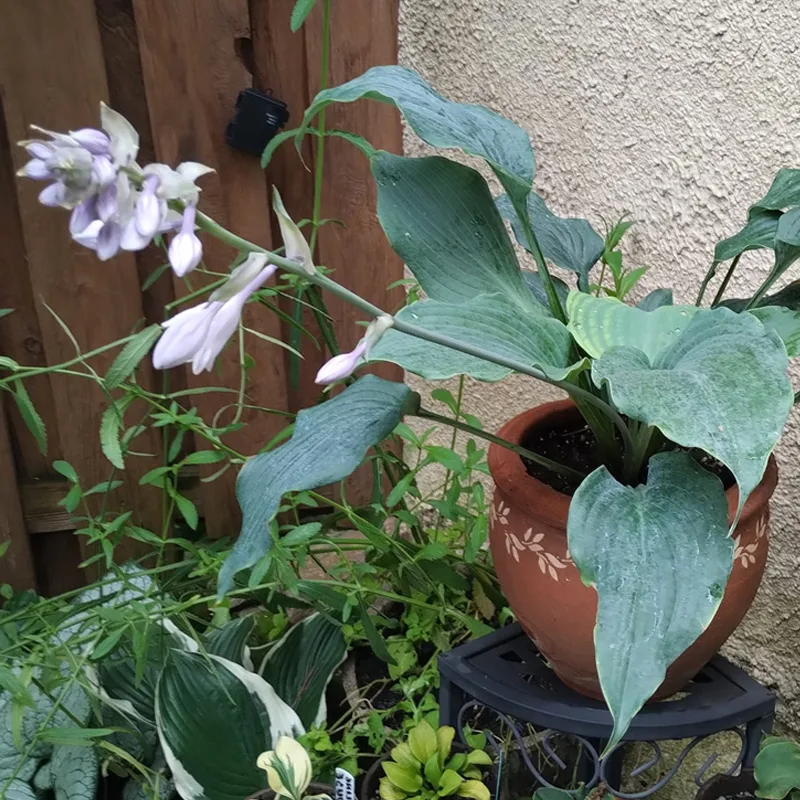FAQs About Cirsium Altissimum
Cirsium Altissimum, commonly known as Tall Thistle, is a fascinating plant that I’ve had the pleasure of growing in my garden. It’s known for its striking appearance and unique characteristics. Here’s a comprehensive guide based on my personal experiences and research, addressing some of the most frequently asked questions about this plant.
471 Species in Genus Cirsium
What Is Cirsium Altissimum?
Cirsium Altissimum, or Tall Thistle, is a perennial thistle native to the central and southeastern United States. It’s part of the Asteraceae family, which includes sunflowers and daisies. This plant is recognized for its tall stature, which can reach up to 6 feet in height, and its vibrant purple to pink flowers that bloom in mid-summer. The flowers are a favorite of pollinators like bees and butterflies, making it a valuable addition to any garden aimed at supporting local wildlife.
How to Care for Cirsium Altissimum?
Caring for Cirsium Altissimum is relatively straightforward. Here are some key points based on my experience:
- Sunlight: This plant thrives in full sun. It needs at least 6 hours of direct sunlight each day to grow robustly and produce its characteristic blooms.
- Soil: Cirsium Altissimum prefers well-draining soil. It’s adaptable to a range of soil types, including sandy and loamy soils. However, it doesn’t fare well in clay-heavy soils that retain too much moisture.
- Watering: While it’s relatively drought-tolerant once established, regular watering helps maintain its vigor. Ensure the soil is kept moist but not waterlogged.
- Fertilization: The plant doesn’t require heavy feeding. A balanced, all-purpose fertilizer applied in the spring will support its growth, but over-fertilization can lead to excessive foliage at the expense of flowering.
How to Propagate Cirsium Altissimum?
Propagating Cirsium Altissimum is a fun and rewarding process. I’ve found the following methods effective:
- Seed Sowing: The most common method is to sow seeds directly into the soil in late fall or early spring. The seeds need light to germinate, so scatter them on the soil surface and lightly press them in. They typically germinate within 2-4 weeks.
- Division: In the spring or early fall, you can divide established plants. Dig up the plant and separate the root clumps carefully. Replant the divisions at the same depth they were growing before. This method is particularly useful for propagating mature plants.
What to Plant With Cirsium Altissimum?
Cirsium Altissimum pairs well with various plants that complement its tall, spiky structure. Here are a few companions that I’ve had success with:
- Echinacea (Coneflower): The bright, daisy-like flowers of Echinacea create a beautiful contrast with the thistle’s spiky blooms.
- Rudbeckia (Black-eyed Susan): These plants add a splash of yellow and can handle similar growing conditions, making them great companions.
- Liatris (Blazing Star): The vertical growth of Liatris complements the height of Cirsium Altissimum, adding more vertical interest to the garden.
Is Cirsium Altissimum Toxic?
Cirsium Altissimum is not known to be toxic to humans or pets. However, the plant can have sharp thorns on its stems and leaves, which can cause irritation if touched. It’s always a good idea to wear gloves when handling thistles to avoid any discomfort.
Benefits of Cirsium Altissimum
This plant offers several benefits:
- Pollinator Friendly: Its vibrant flowers attract bees, butterflies, and other pollinators, which are crucial for maintaining biodiversity in your garden.
- Wildlife Habitat: The dense foliage and tall structure provide shelter for various wildlife species.
- Low Maintenance: Once established, Cirsium Altissimum requires minimal care, making it a great choice for low-maintenance gardens.
Common Problems with Cirsium Altissimum
Despite its hardy nature, Cirsium Altissimum can face a few issues:
- Pest Issues: Like many plants, it can be susceptible to aphids and spider mites. Regular inspection and appropriate treatments can manage these pests.
- Self-Seeding: This plant tends to self-seed prolifically. While this can be beneficial for spreading the plant, it can also lead to it becoming invasive in some areas. Regular deadheading and management of seed spread can help control this.
Compare with Other Similar Plants
If you’re considering alternatives, here’s how Cirsium Altissimum stacks up against similar thistle species:
- Cirsium Vulgare (Bull Thistle): Cirsium Vulgare is more aggressive and has more thorny foliage compared to Cirsium Altissimum. It’s also known to be invasive in many areas, whereas Cirsium Altissimum is generally less problematic.
- Cirsium Arvense (Canada Thistle): Cirsium Arvense is a perennial thistle that is notorious for its invasive nature. It spreads rapidly through underground rhizomes, unlike Cirsium Altissimum, which is less aggressive and more manageable.
In conclusion, Cirsium Altissimum is a fantastic plant for adding height and visual interest to your garden. Its ease of care, pollinator benefits, and vibrant blooms make it a standout choice for many gardeners. Just be mindful of its self-seeding tendencies and enjoy the wildlife it attracts!
If i die, water my plants!



